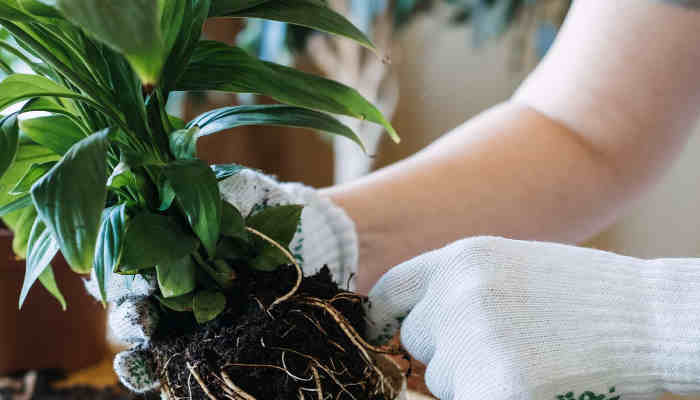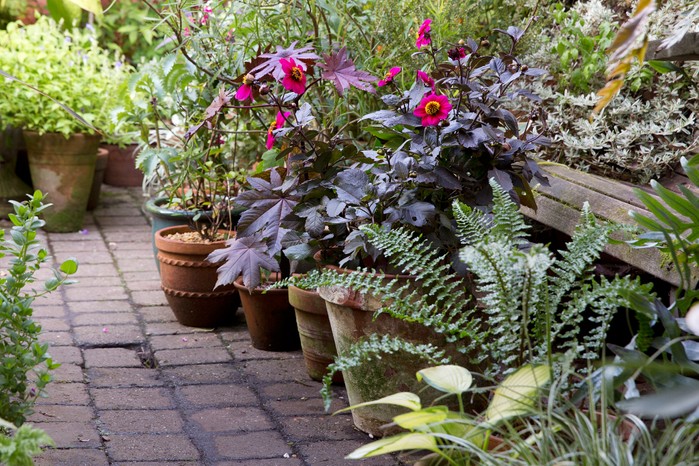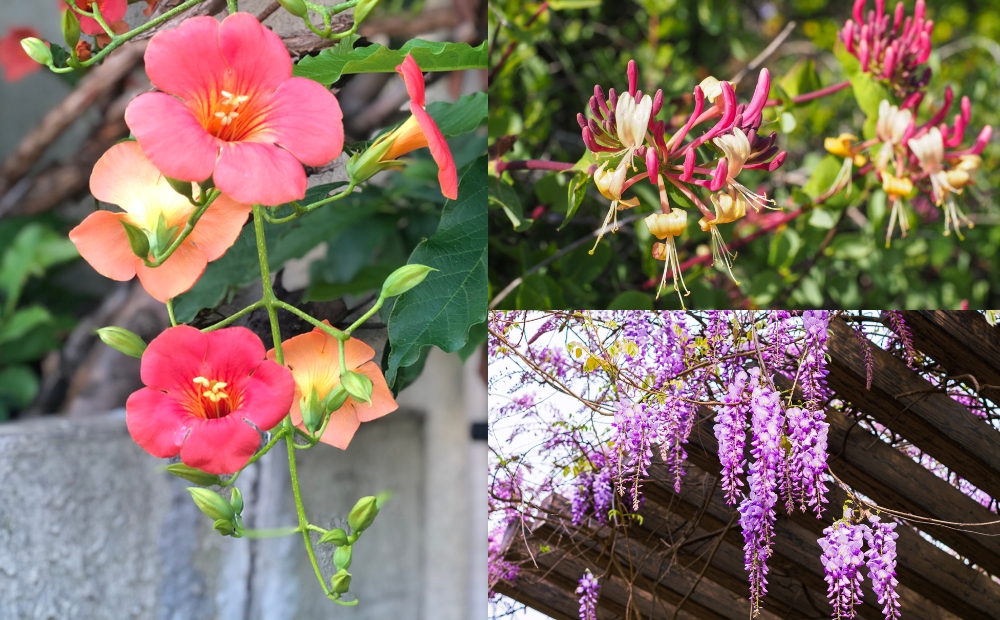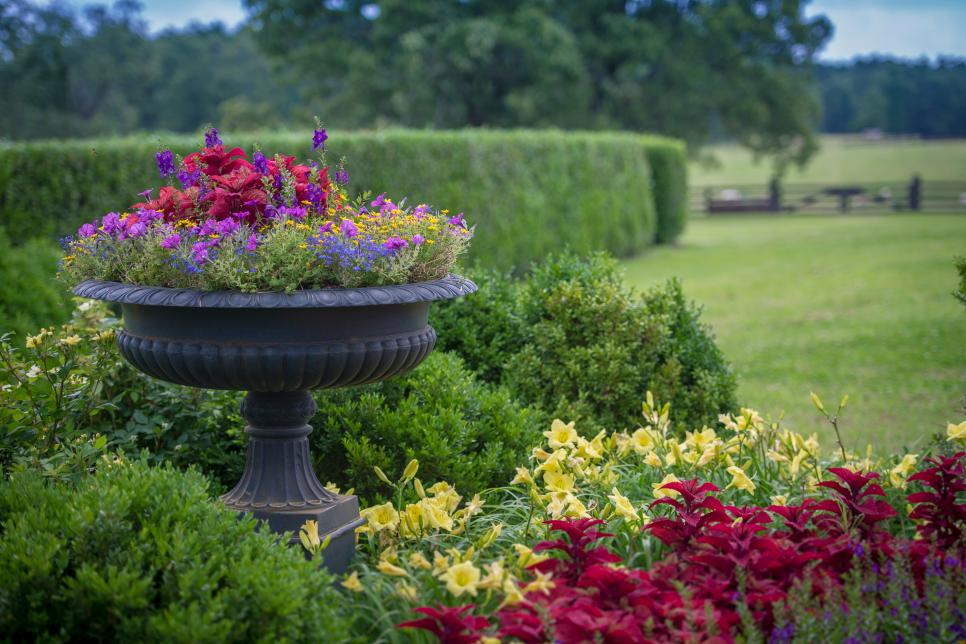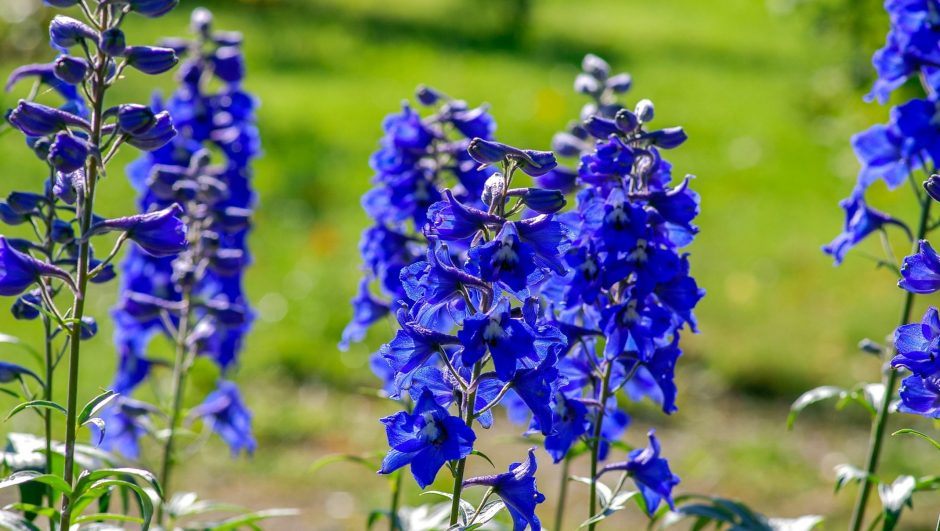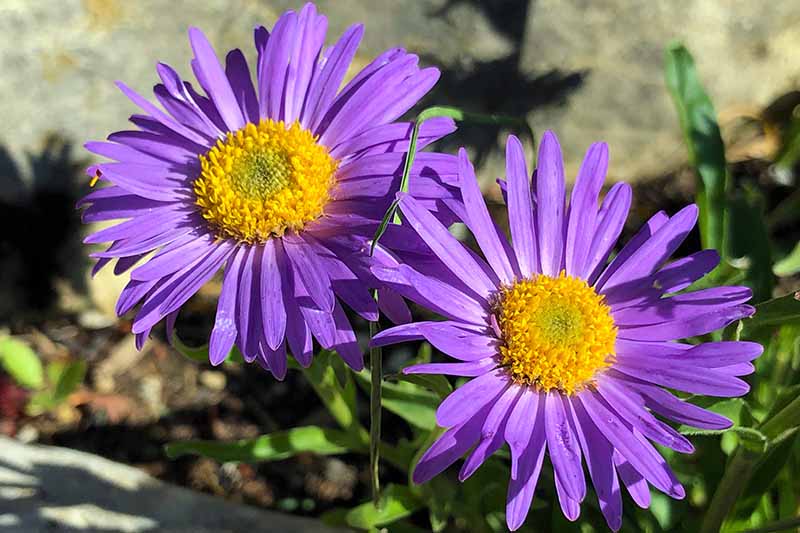How to Create Perennial Plant Combinations for Color
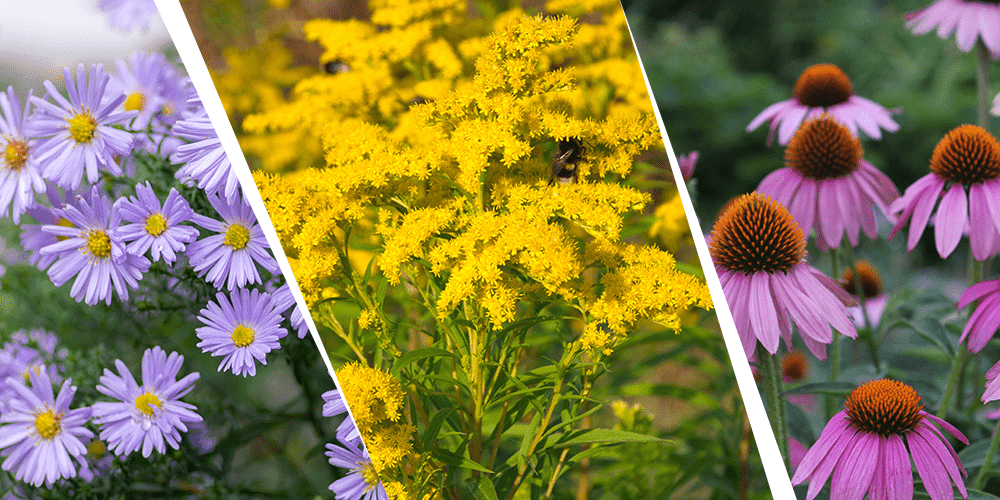
When it comes to landscaping, creating vibrant perennial plant combinations is a game-changer. Perennials return year after year, providing lasting beauty and color with minimal maintenance. Knowing how to combine perennials effectively is key to ensuring your garden looks stunning throughout the seasons. Here, we’ll guide you through how to create dynamic perennial combinations that add rich color and texture to your garden.
Why Choose Perennials for Color?
Perennials are an excellent choice for gardeners who want a garden that offers long-lasting color without replanting each season. When chosen carefully, perennial plant combinations can provide a stunning display of flowers, foliage, and textures throughout the growing season. From early spring blooms to late-season color, perennials are versatile, hardy, and well-suited to a variety of garden styles.
Plan for Year-Round Color
One of the biggest advantages of perennials is their ability to offer color throughout the year. To create a vibrant, colorful garden, it’s important to consider bloom times and color contrasts. Choose plants with varying bloom periods and colors to ensure that your garden is always filled with something new.
Early Spring Blooms
Start your garden off with early bloomers like crocus, daffodils, and tulips. These bright, cheerful flowers will create a burst of color as the weather warms.
Summer Glory
As summer rolls in, plants like echinacea, shasta daisies, and lavender bring vibrant hues. Pairing these with deep greens or silvers can create an eye-catching contrast.
Fall Foliage and Blooms
For fall color, incorporate plants like aster, sedum, and chrysanthemums. These will not only provide late-season flowers but also colorful foliage that will persist into the fall months.
How to Combine Perennials for Color
- Complementary Colors
Use color theory to create combinations that pop. Pairing colors like blue and orange or purple and yellow will create high contrast and make the plants stand out. - Analogous Color Schemes
For a more harmonious look, choose plants that are next to each other on the color wheel, such as shades of red, orange, and yellow, or blues and purples. - Textures and Foliage
Mixing different leaf shapes and textures is just as important as the flowers. Add grasses, hostas, or ferns for contrast in both shape and texture to complement the flowers. - Plant in Layers
Combine perennials of different heights to create a layered effect. Place taller plants like lupines or delphiniums in the back, with medium-height plants like black-eyed Susans or coreopsis in front.
Popular Perennial Plant Combinations for Color
- Purple and Yellow: Combine lavender, purple coneflower (echinacea), and yellow coreopsis for a striking, complementary display.
- Red, Orange, and Yellow: Use daylilies, sedges, and black-eyed Susans for a bold, warm color palette.
- Blue, Pink, and White: Combine catmint, astilbes, and shasta daisies for a softer, cooler palette perfect for calming garden spaces.
Maintenance Tips for Long-Lasting Color
- Deadheading: Regularly remove spent blooms to encourage continuous flowering throughout the season.
- Fertilizing: Feed your perennials with organic fertilizer in early spring to boost their growth and color.
- Watering: Ensure that your plants are getting adequate water, particularly during dry spells, as this will help maintain vibrant color.
- Division: Divide perennials every 2-3 years to prevent overcrowding and to rejuvenate plants.
